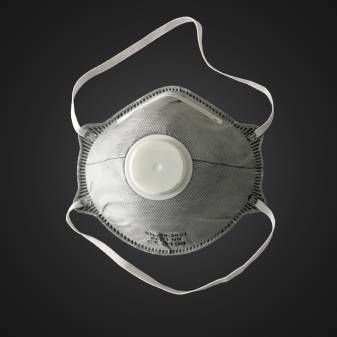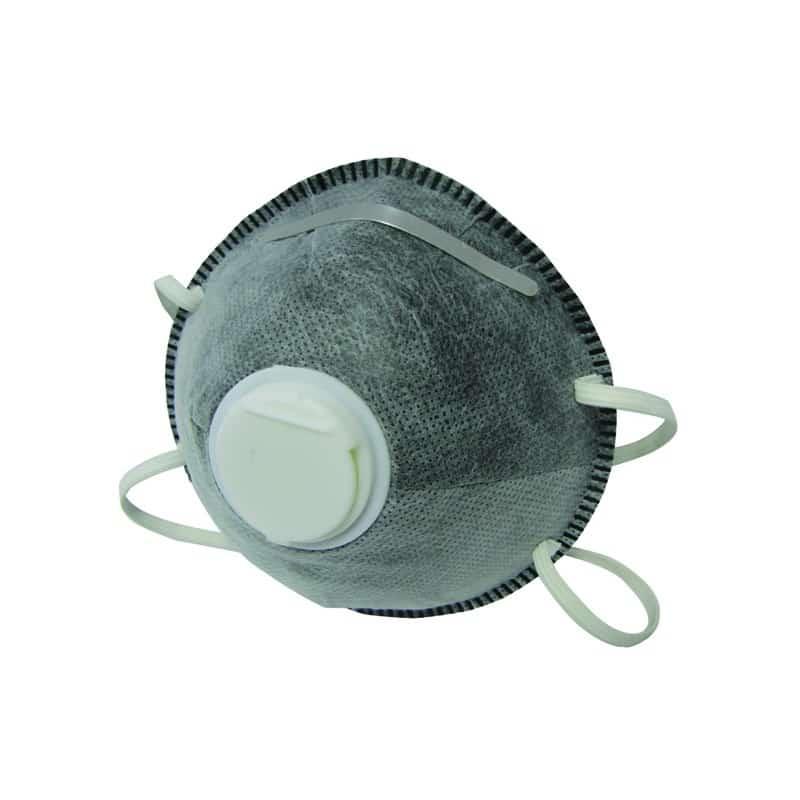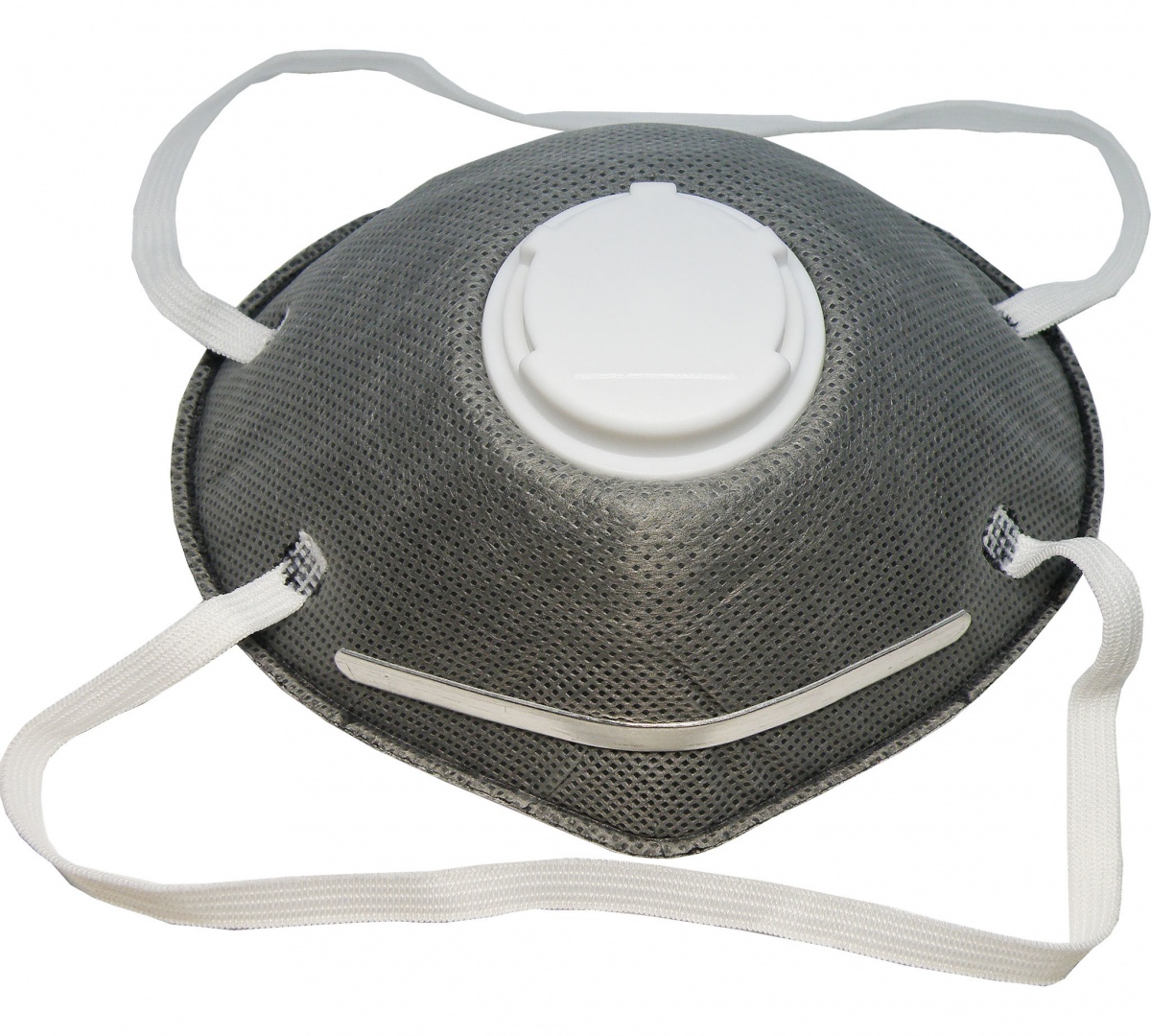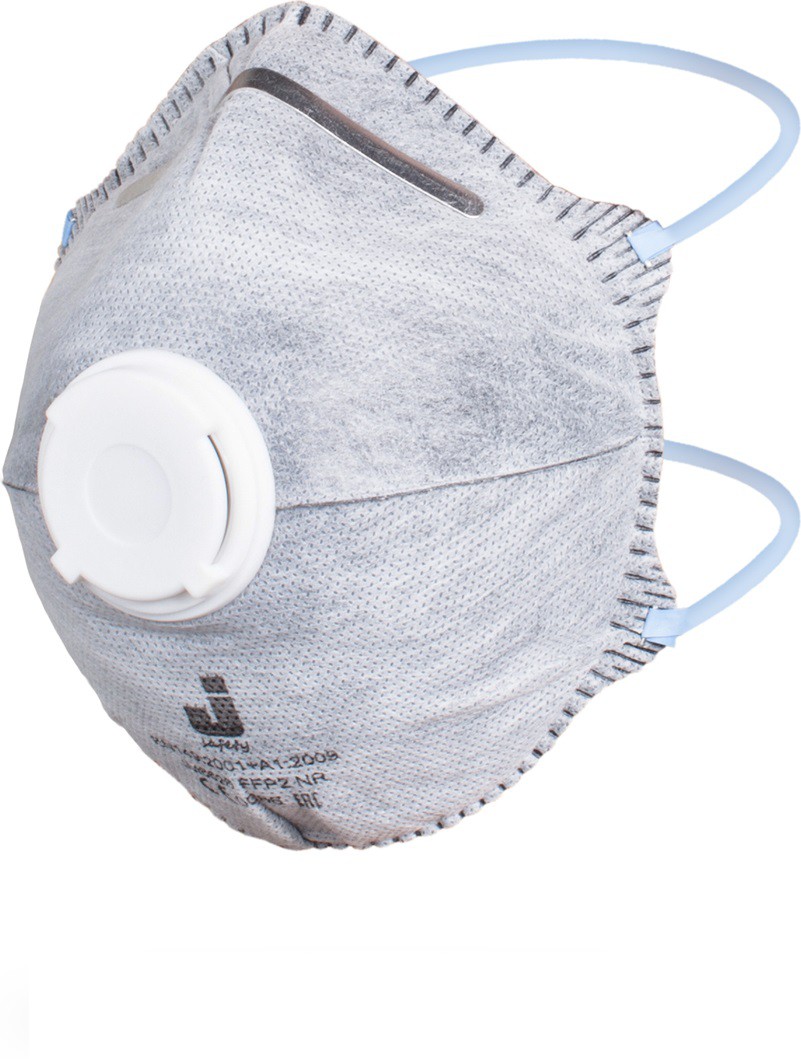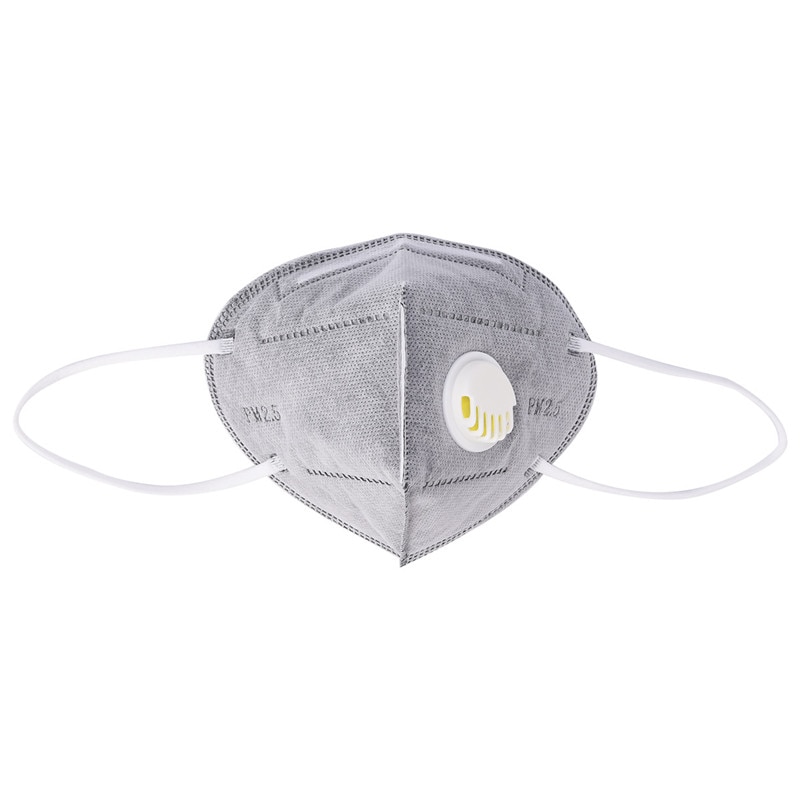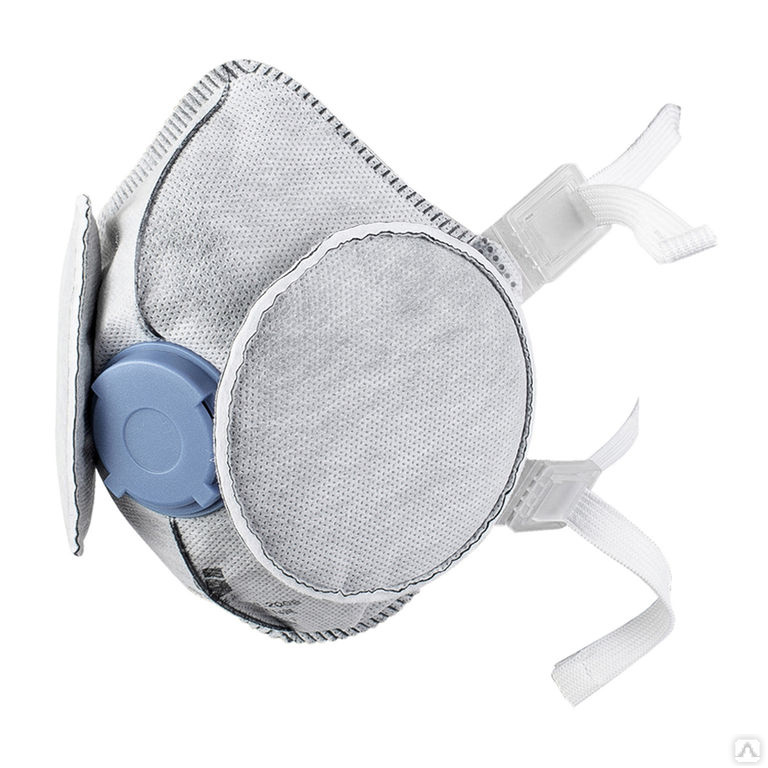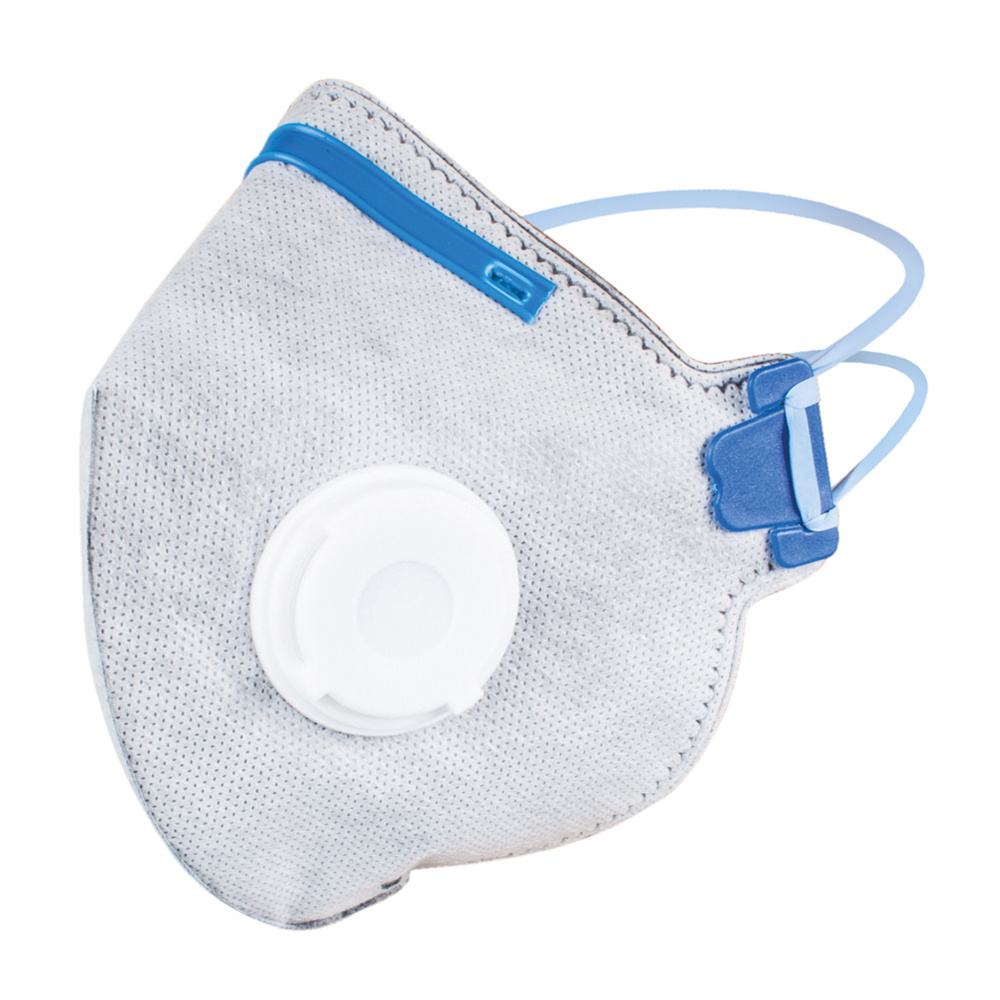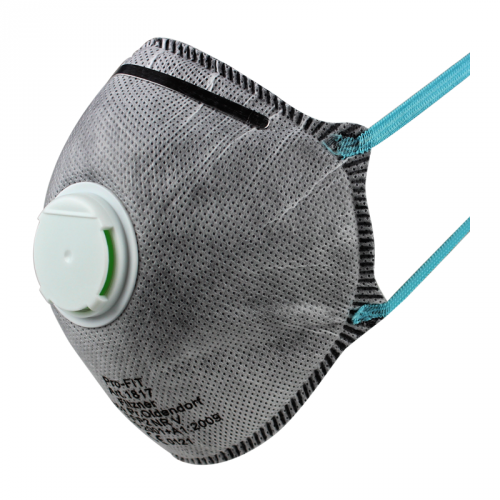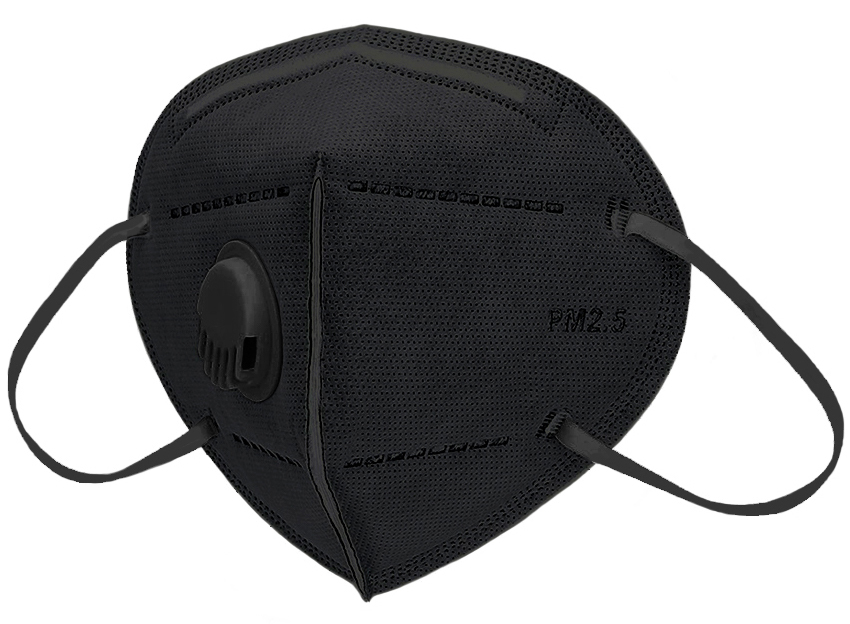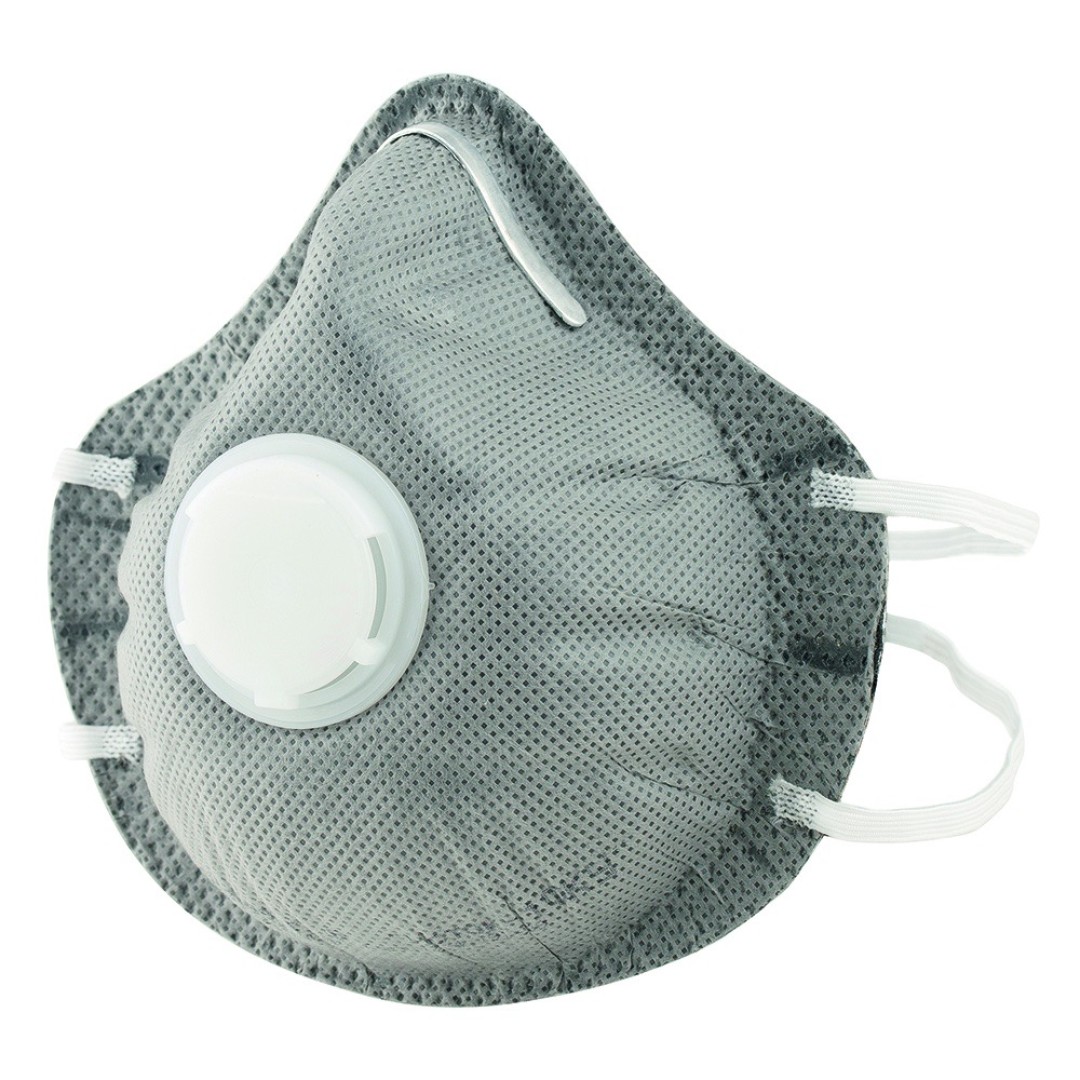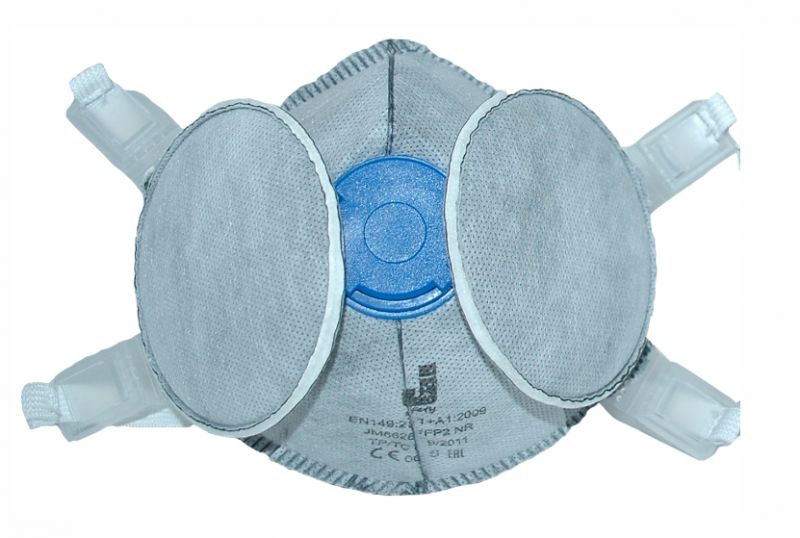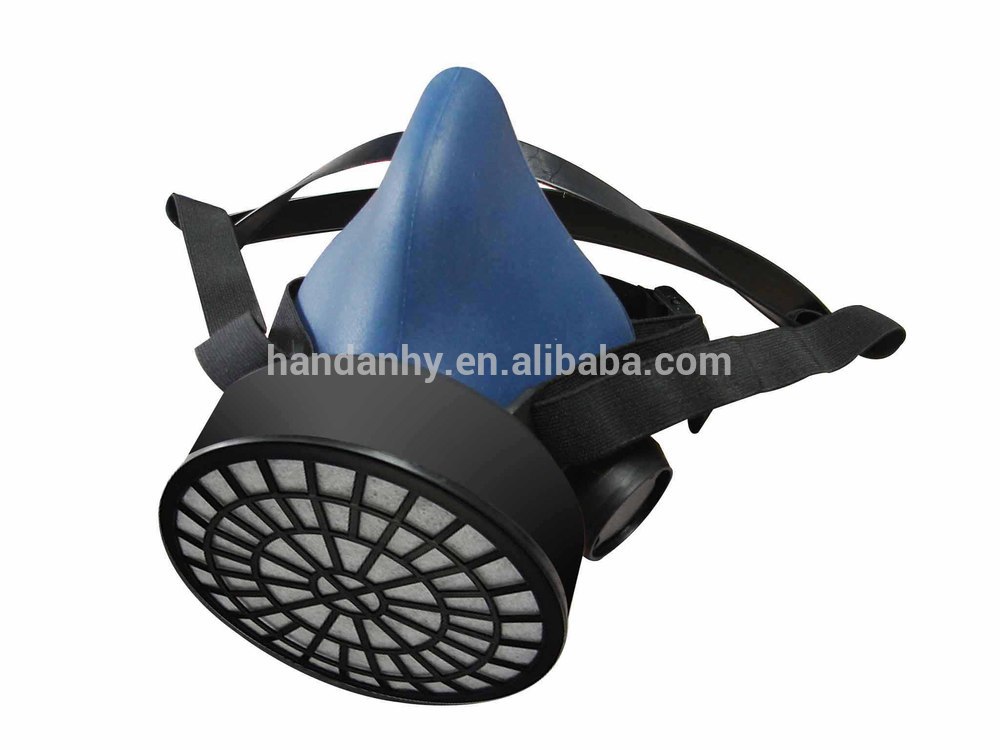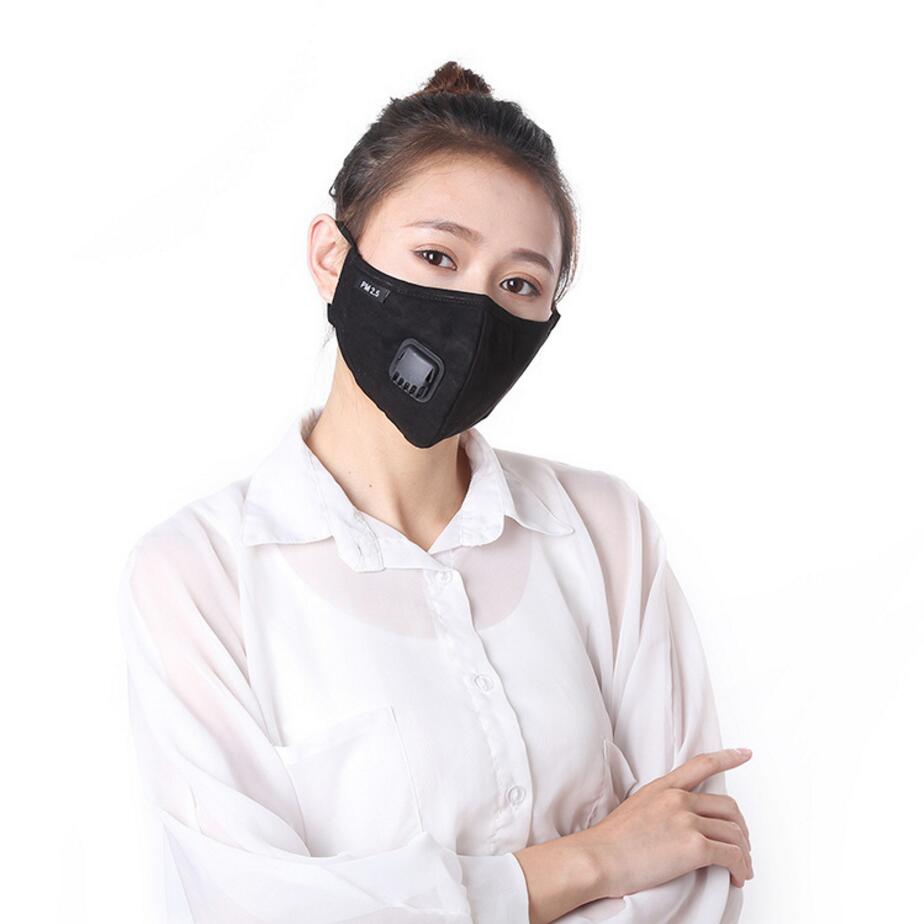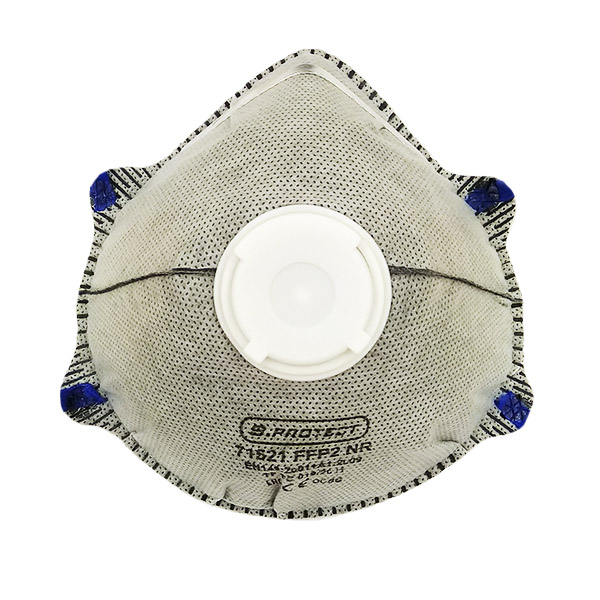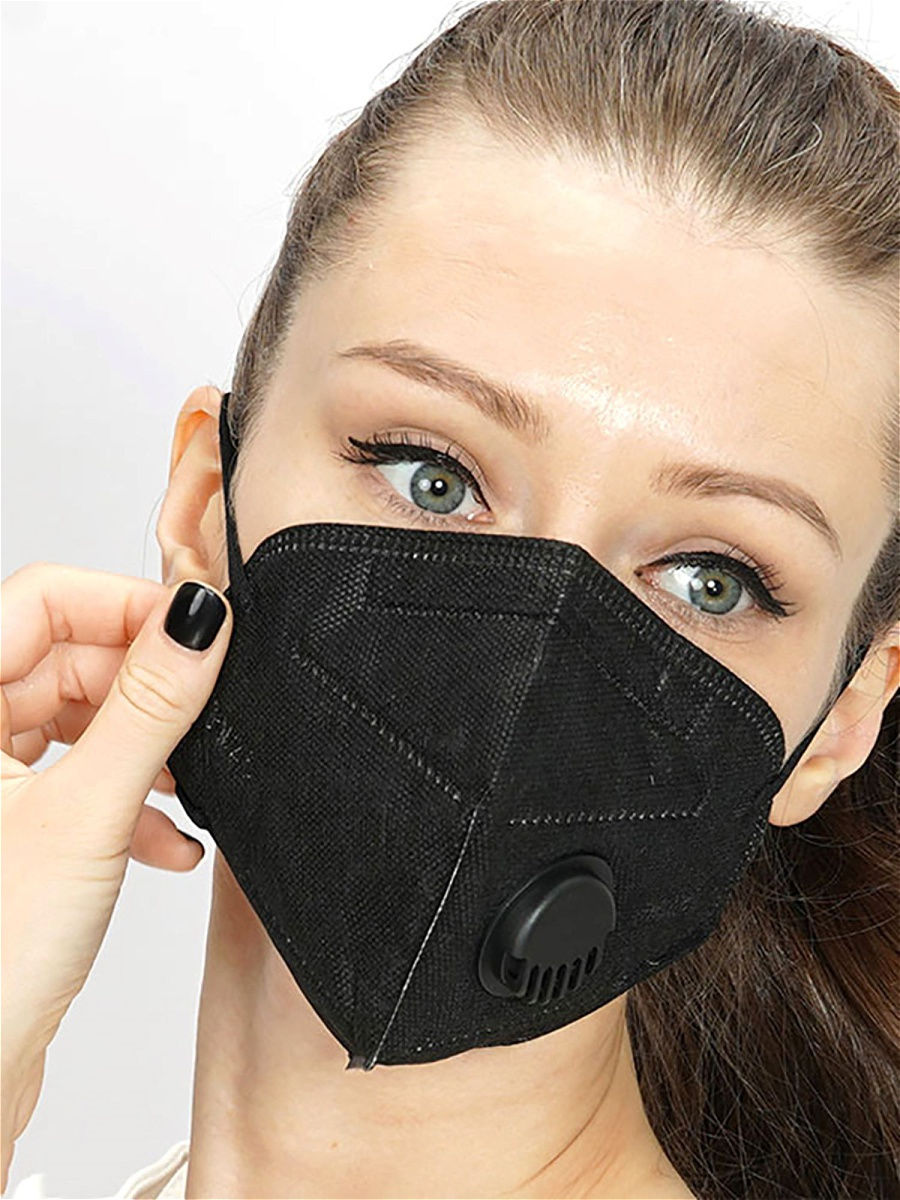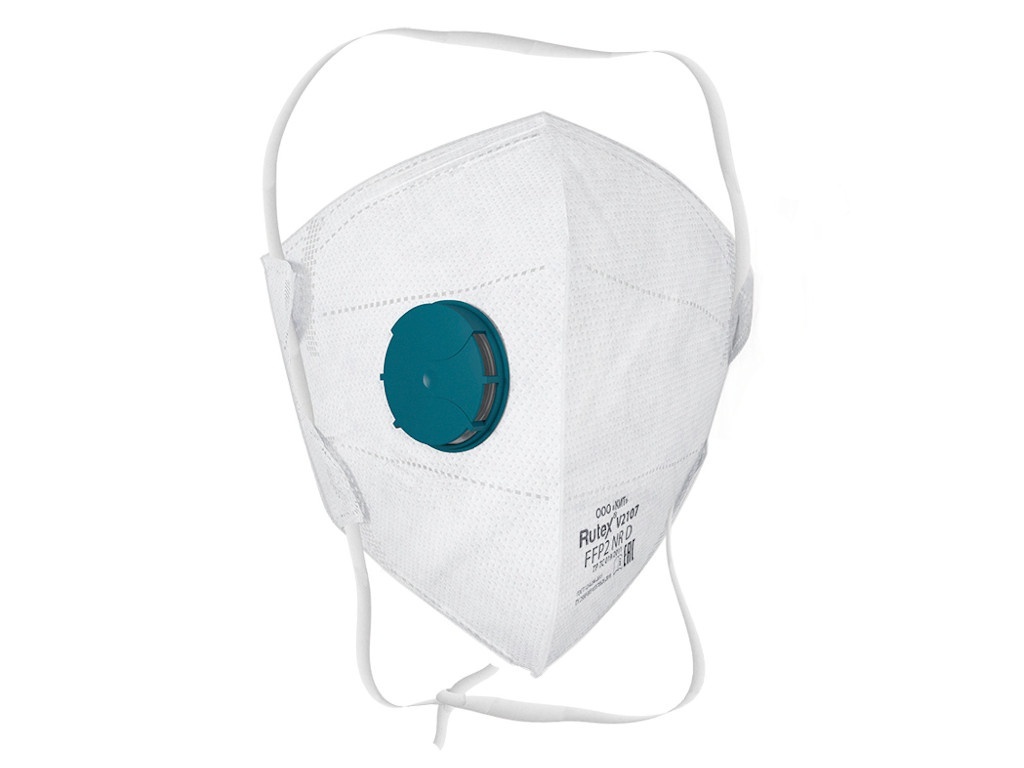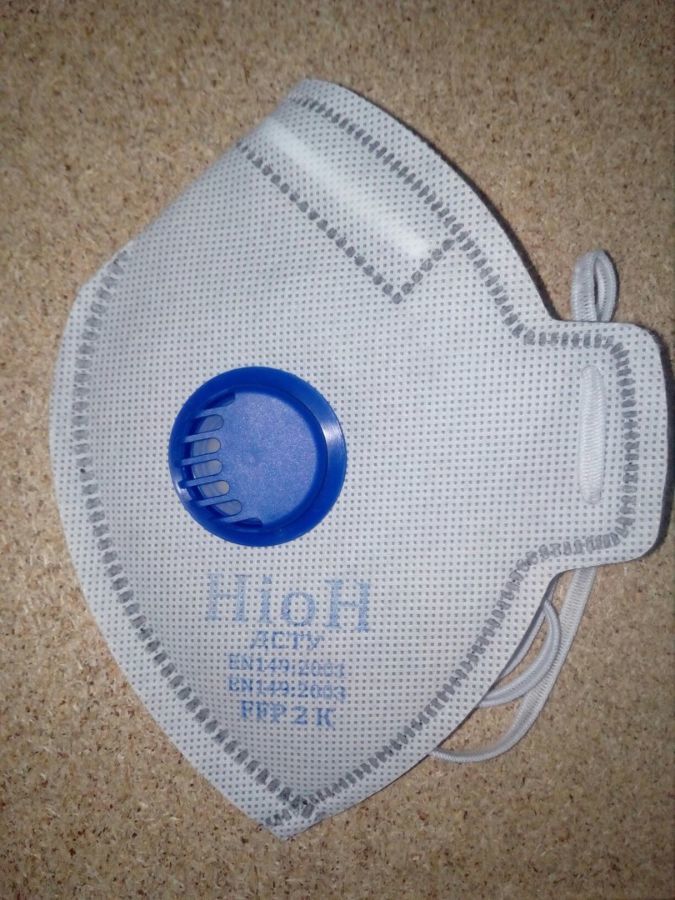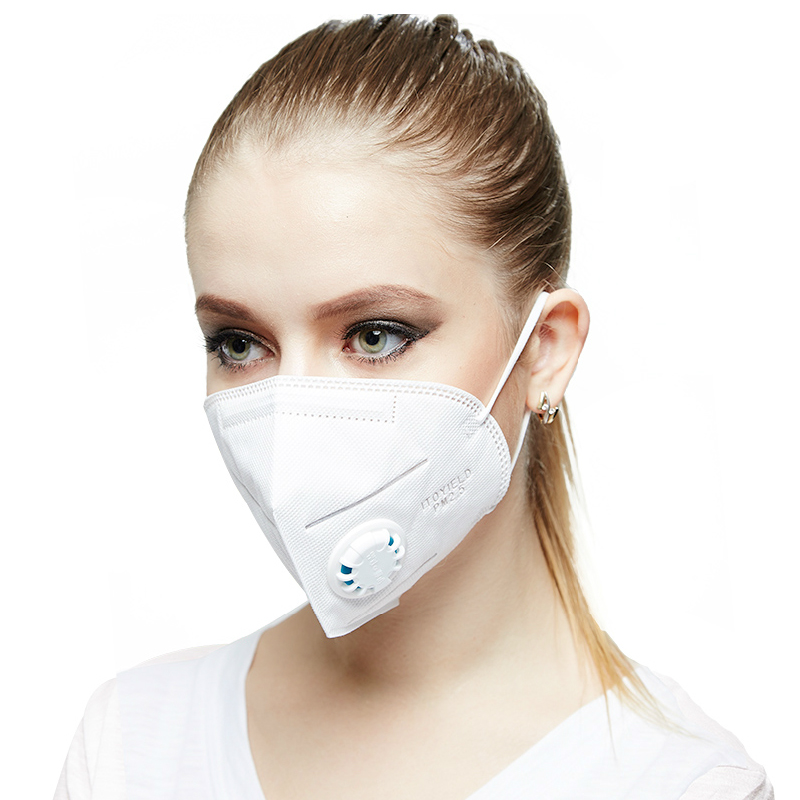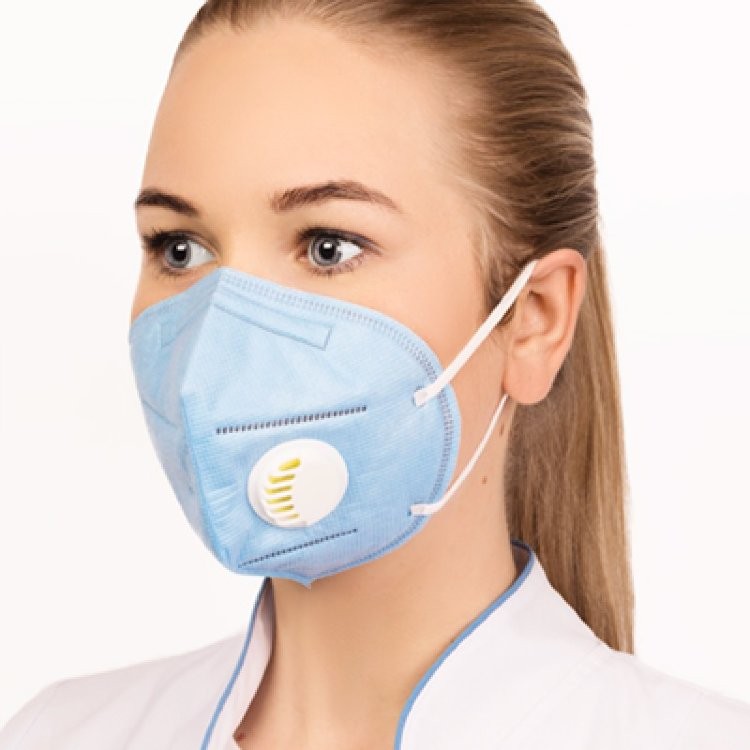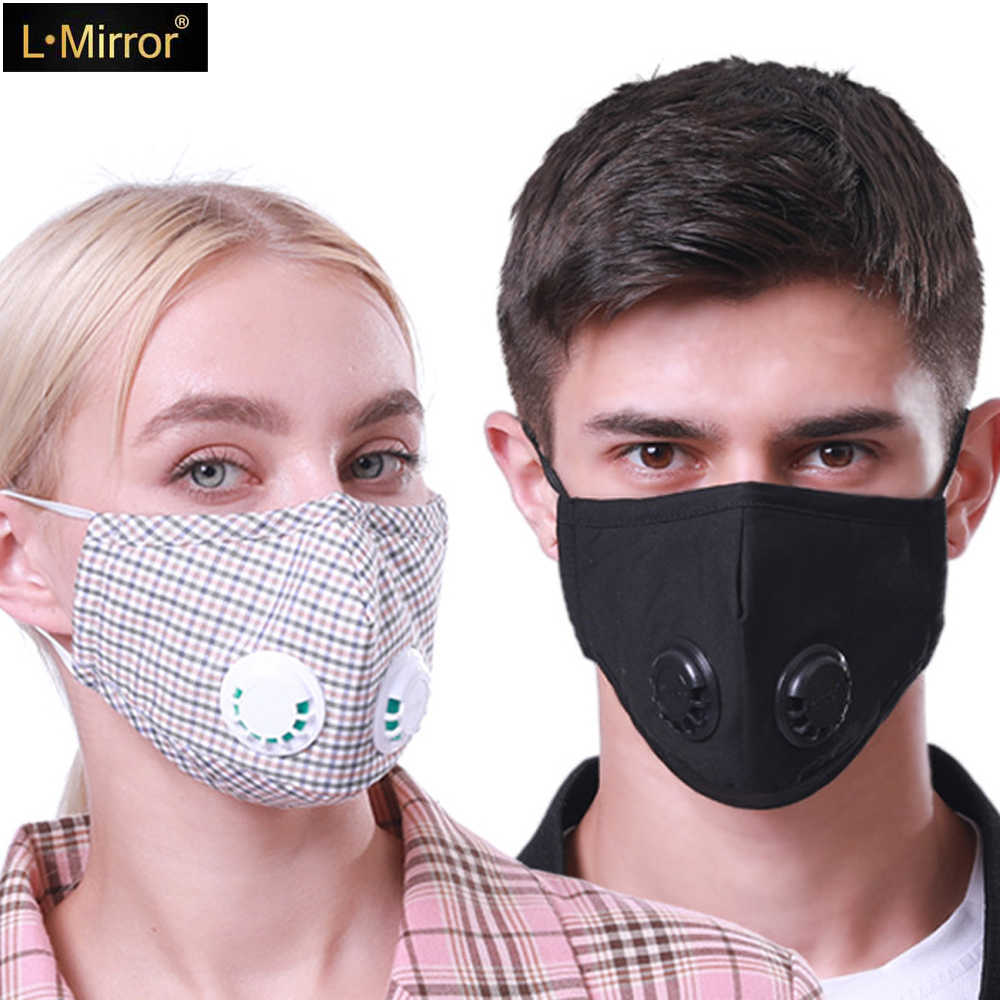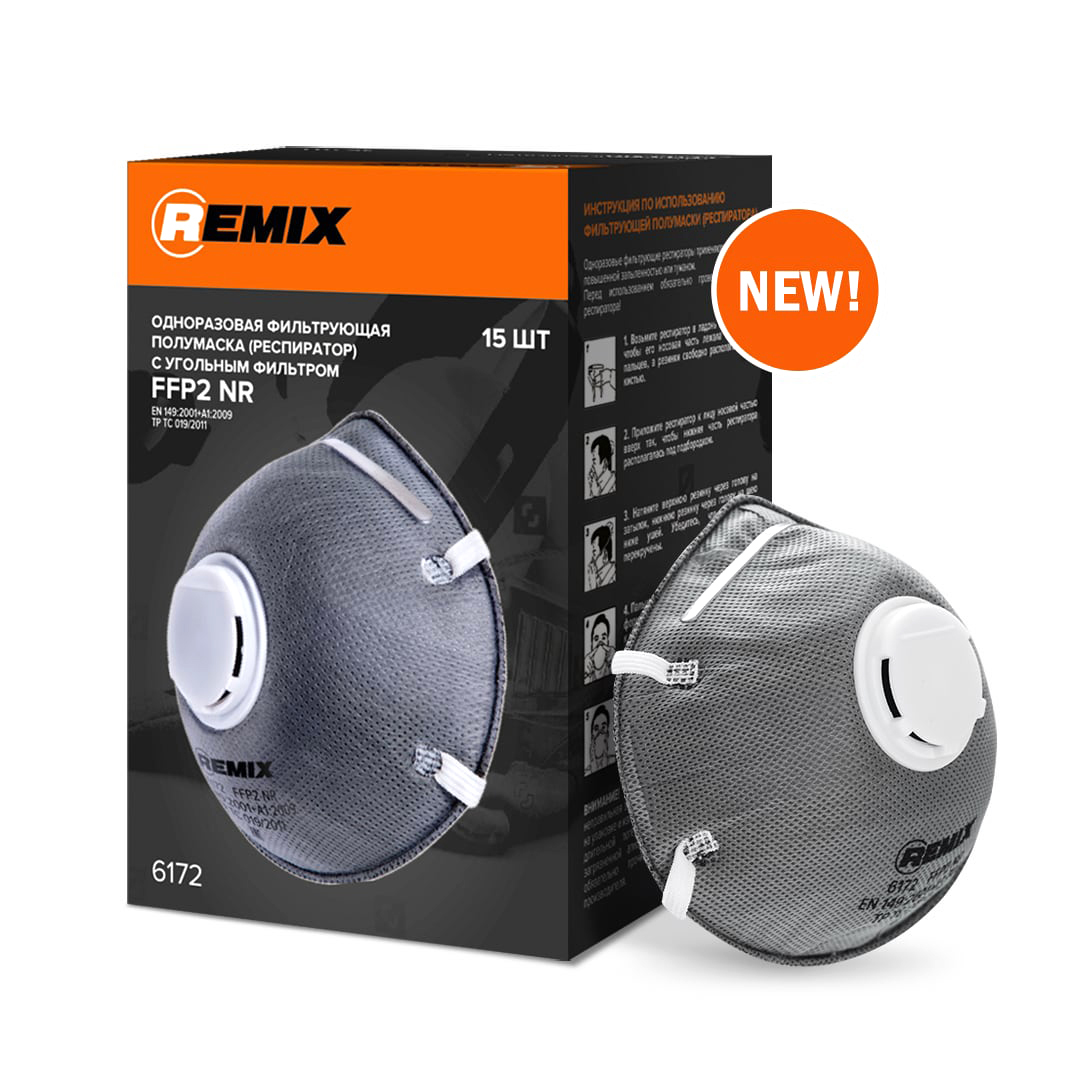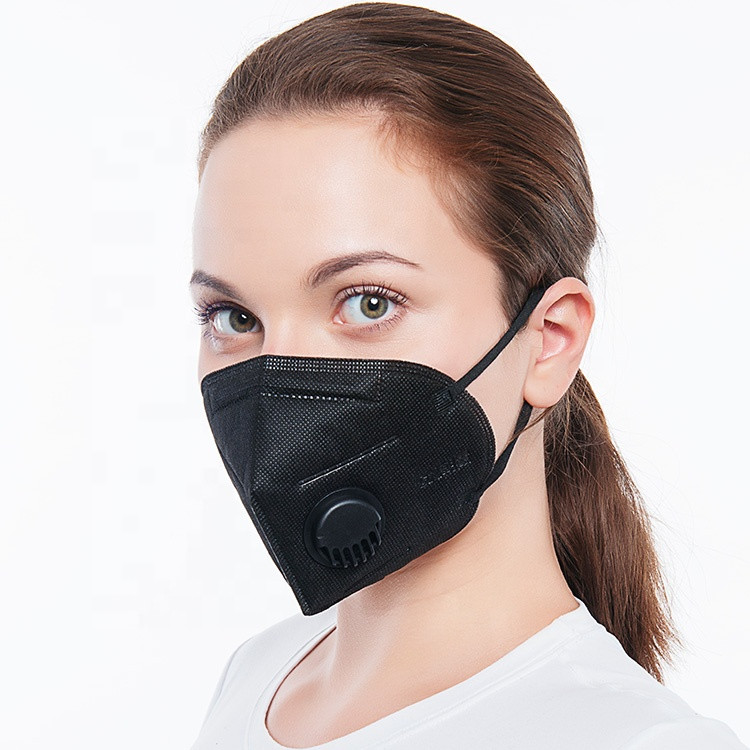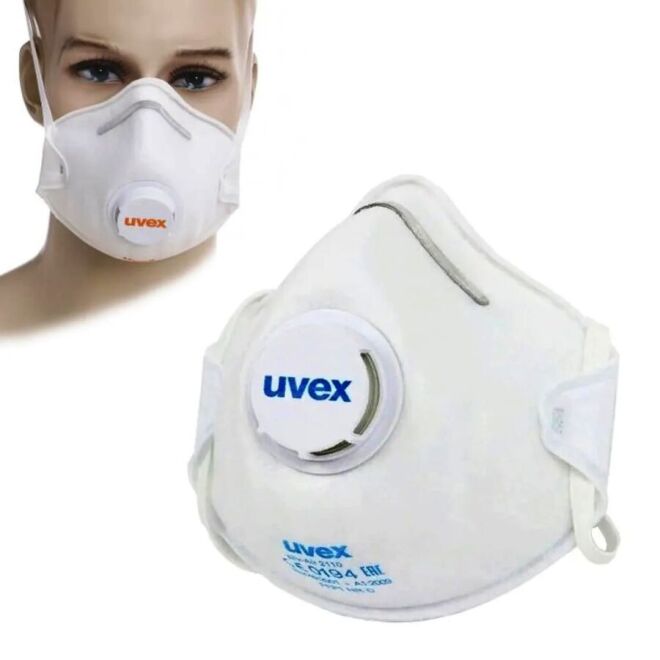How to choose?
Respirators are purchased and used depending on the specifics of the work being carried out, when workers deal with hazardous volatile compounds, pesticides, pesticides, undissolved elements, as well as in conditions of relative dustiness, gas pollution of the room.
In normal cases, when all of the above does not apply, you can use personal protective equipment such as "petal". Under other circumstances, it is recommended to wear a particulate respirator with removable filters. If you have to work with paints and varnishes, you should use RPE devices with gas mask, anti-aerosol filter elements.

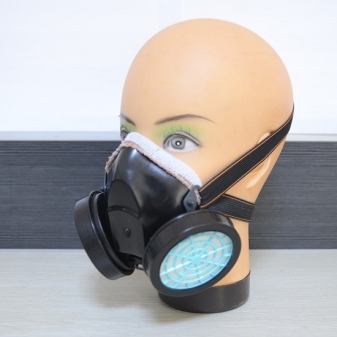
If you have to work with cement mortars - hammering, drilling, chipping a wall, as well as mixing building mixtures, you must use a respirator that is able to trap fine dust fractions in the air. In woodworking (for example, sanding parts), disposable respirators can be used.
When buying, it is necessary to check the integrity of the personal protective equipment and the quality. The presence of external signs - uneven stitching of the seam, accessories that are not credible, indicates that the product was manufactured with certain violations. In a good respirator, the mask should fit snugly to the face, ensure reliable tightness and be conveniently fixed with adjusting elements.


Breathing in a new respirator should be free, and the product during the fitting process should not cause general discomfort. It is also recommended to read the instructions for use, where the purpose of the personal protective equipment is indicated. For example, a loose filter will be useless when working with bulk materials, and too dense will make breathing difficult. Therefore, the best choice should be based on specific criteria and requirements for the RPE.
In the process of choosing a respirator, the above recommendations should be taken into account. It is also useful to take care of purchasing spare filter elements.
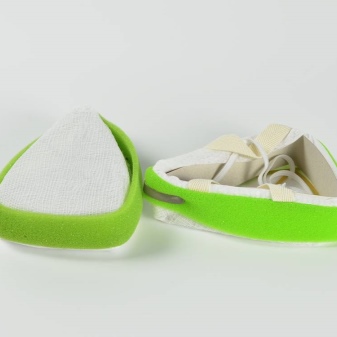
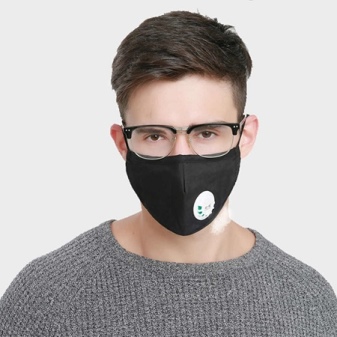
For information on how to choose the right respirator, see the next video.
What are they?
Reusable RPEs are common. They are designed for permanent or systematic stay in places with heavy pollution. Filters can be replaced as needed. You can also use several modifications of filters at once, which allow you to protect yourself from a wide range of harmful factors. For short intermittent use, it is best to buy a disposable device. It is inexpensive, but very effective.
The execution of the front part is also important. Half masks are more flexible than full respirator masks. They can move involuntarily even when talking.
How to choose the right one
When purchasing a respirator for construction work, few people are interested in its degree of protection. After all, the main thing is that the mask protects against cement dust and other volatile debris.
But before purchasing a product to protect against the virus, it is important to study the characteristics of the "disposable assistant" and choose something that will protect the respiratory tract from the penetration of "infection"
The main parameter of the product is its protection class:
- FFP1 is an ineffective mask with a purification rate of less than 80%. Protects against coarse dust, metal filings, coal particles. Suitable for construction, carpentry, industrial work. Not suitable for handling toxic substances.
- FFP2 - Medium efficiency respirator cleans about 94% of impurities. In addition to coarse dust, liquid aerosols are filtered. Suitable for work with moderately toxic dust.
- FFP3 is the most reliable antibacterial antiviral respirator that cleans up to 99% of harmful particles. Protects the respiratory system from solid and liquid aerosols. Suitable for working with toxic and radioactive substances. Effectively protects against bacteria, viruses, mold spores.
Many people believe so much in the protective properties of respirators that they run in the same copy from morning to evening. But walking in such a mask is much more dangerous than with an unprotected nasopharynx. Therefore, before buying a product, ask how long you can wear this respiratory mask?
We put on and take off correctly
We wash our hands with soap, paying special attention to the area under the nails.
We straighten the mask, apply it with one hand to the face.
We put rubber bands behind the ears or put on the back of the head and neck (depending on the model).
We make sure that the elastic bands do not get tangled, do not twist together.
Squeeze the nasal plate at the upper edge of the product. It should fit snugly to the nose, clearly following the line of the bridge of the nose.
Make sure the mask covers the nose and chin.
After the expiration of the period of use, we remove by holding the rubber bands
We do not touch the base!
We throw it into the garbage chute.
We wash our hands with soap and put on a new product.
How to choose?
The most important parameter is compliance with the types of threats. Aerosol filters help protect against fumes from powder and water-based paints. But if sprayers are to be used, the respirator must have additional protection against organic vapors.
It is very important to pay attention to the labeling of the filter.
So, A1P1D prevents the action:
- toluene;
- aniline;
- benzene;
- phenol;
- dust suspensions;
- smoke and fog.
B1P1D protects against inorganic gases and various vapors. But it will not save you from aerosols and carbon monoxide. E1P1D stops the action of acidic gaseous substances and dust suspensions.
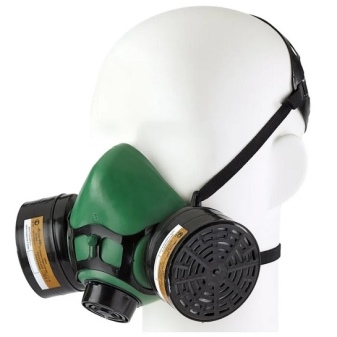
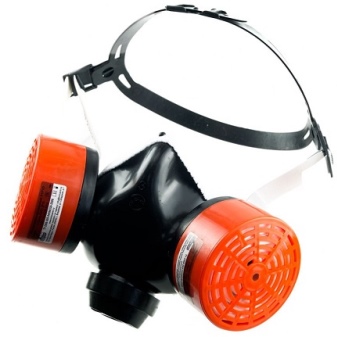
K1P1D will help to be in the atmosphere of ammonia, derivatives, as well as in various suspensions and mists. For long-term work, you need to use a full mask, which also reliably protects the organs of vision.
It should be noted that individual series of protective equipment have been developed for:
- welders;
- woodworking industry;
- cement plants;
- agricultural work;
- manipulations with glass wool;
- work in especially difficult conditions (with forced air pumping).

Reusable mask with carbon filter for coronavirus: how to do it yourself

A reusable mask with a carbon filter for coronavirus can be made at home from 2 rectangular pieces of natural fabric measuring 20 × 16 cm.This is an average length and width, but in general the parameters are selected according to the size of the face and taking into account the seam allowances, as well as the filter pocket. forming from folds. Then they do it like this:
- For 1 part, bend the edge 1 cm from above and iron it.
- On it, in the middle, a fold-pocket is laid on the front side and fixed with needles.
- On the other part, they do the same, but from the inside out.
- The pockets are ironed and fixed on the sides with short seams so that they do not fall apart.
- Elastic bands are sewn to the edges of one of the parts, which, when worn, will be worn on the ears.
- Both pieces of fabric are folded face to face and stitched at the sides as well as the bottom length.
- The almost finished mask is turned onto the front side.
- The second length is not completely sewn, in the center, access is left open in a pocket of about 4-5 cm.
- The filter is made from 5-6 layers of spunbond (you can buy in the department where everything is for the garden and vegetable garden) in the form of a rectangle corresponding to the size of the mask pocket or slightly less.
- Crushed activated carbon is densely poured between the layers of material.
- The filter needs to be sewn along the edges, and also to make several transverse and longitudinal lines so that the powder does not fall down when the product is worn (you will get many small pockets in which the coal will linger).
- The part is tucked into the mask, you can use it.
In the process of making a protective device, the most difficult stage is 11. You need to make the lines so that the activated carbon does not spill out.
After the only exit to the street, the filter is thrown away. And the fabric part of the mask is disinfected, washed, dried and ironed. After that, you can put it on, but with a new filter.
Carbon barrier masks shouldn't be the only way to protect you from the virus, only then they will help. Equally important conditions are thorough hand washing, avoidance of touching the face, distance from other people. And if possible, while you should leave the house only when absolutely necessary.
Where is it applied?
Respirators are used when the air contains a lot of dust or smoke. In production, they are needed to compensate for the effects of emissions of harmful substances, the formation of fumes. At home, a charcoal respirator is used when you need to paint something, use pesticides, insecticides, and disinfect. Medical workers and rescuers with the help of such devices prevent contact with pathogenic organisms, toxins.
Most often, respirators are used in:
- metallurgy;
- food industry;
- chemical industry;
- production of building materials;
- extinguishing fires;
- elimination of accidents.
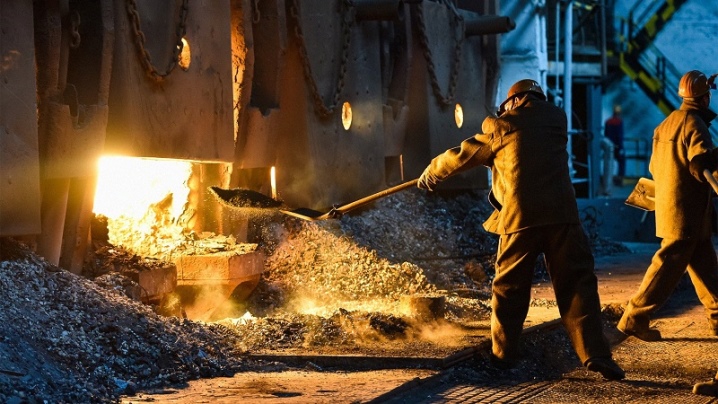
Device and principle of operation
The respirator is relatively simple in design. The face element is executed in mask or half mask format. Additionally, a filtering part is provided. In the simplest version, we are talking about a cotton-gauze design, in which a half mask acts as a filter. The downside is that such a device does not help with strong dust, as well as with the appearance of even small amounts of gaseous toxins.
A more advanced design involves the use of replaceable filters. A mask covering the face in whole or in part is provided. Air is “supplied” by breathing valves. The type of filters is determined by the purpose and type of protective equipment. A glass eye patch is sometimes added.
